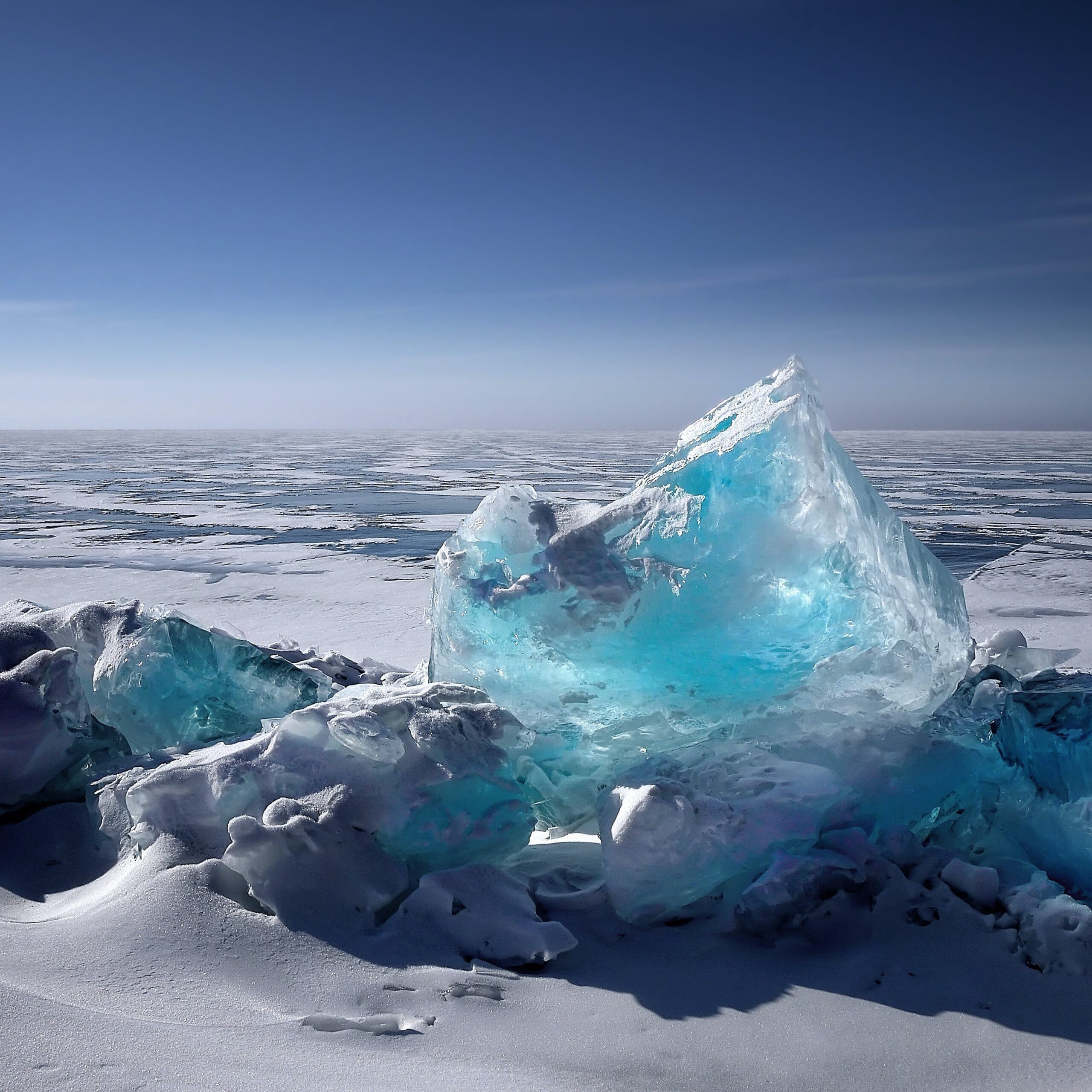
Findings from the IPCC’s Assessment Report 5, 2014
by Amy Wilson
The 2014 Assessment Report (AR5) was published by the Intergovernmental Panel on Climate Change [1]. 831 experts from scientific, economic and social fields contributed to AR5 [2]. Around 30% of the experts were from developing countries or economies in transition, while 60% of the experts were new to the IPCC process [2].
AR5 is made up of four main documents – three Working Group (WG) documents and a Synthesis Report. Like previous ARs each WG published a Summary for Policymakers (SPM) alongside its respective documents. These were titled:
- WGI Climate Change 2013: The Physical Science Basis
- WGII Climate Change 2014: Impacts, Adaptation and Vulnerability
- WGIII Climate Change 2014: Mitigation of Climate Change.
The 2014 Synthesis Report was published to provide an overview of the three WG findings alongside summaries of the most recent Special Reports (SRs). See our Article ‘Findings from IPCC Special Reports’ for more information on the SRs.
The findings from AR5 include:
- The man-made greenhouse gas (GHG) emissions are at their highest in the planet’s history and are extremely likely to have been the major cause of the observed increase in global temperatures since the mid-20th century.
- The atmosphere and the oceans have warmed, snow and ice levels have reduced, sea levels have risen and some extreme weather events have intensified.
- Without significant effects to reduce greenhouse gas emissions, global temperatures at the end of the 21st century could be more than 4 °C above what they were before the industrial revolution. This increase would very likely lead to severe, widespread and irreversible impacts of the environment and societies across the world.
- Options to reduce emissions include the use of low carbon energy sources (wind, solar, nuclear) and the removal of carbon dioxide where fossil fuels are still being used. The scale of the change required poses significant technological, economic, social and institutional challenges.
- To have a good chance of keeping temperature changes below 2 °C by the end of the century, global GHG emissions in 2050 need to be 40-70% of the emissions in 2010 and near zero or below in 2100. WGIII claims it is likely that the concentration of CO2 needs to be kept below 450 ppm to limit warming to 2 °C – in 2020 the concentration was already 415 ppm [3]. The longer we delay action the harder it will be to keep within budget.
It is important to note that for each of the claims the AR5 makes, it expresses the likelihoods and confidence levels from the literature. These likelihoods depend a lot on the Representative Concentration Pathway (RCP) considered and the models used [4, 5]. Four RCPs were used in AR5 to describe possible climate futures based on different GHG emission trajectories until 2100.
AR6 is expected to be published in June 2022. The meeting to draft the document took place in May 2017, and the draft outline was approved in September 2017. The WG contributions are expected to be finalised in 2021, prior to the Synthesis Report (WG and Special Report summaries) in 2022 [6]. The WGIII publication includes a new chapter on demand, services and social aspects of mitigation and another chapter on dedication to innovation, technology development and transfer.
References
[1] IPCC (2014). Available at https://www.ipcc.ch/report/ar5/syr/synthesis-report/ (accessed 01/03/2021)[2] Wikipedia, IPCC Fifth Assessment Report, (2021). Available at https://en.wikipedia.org/wiki/IPCC_Fifth_Assessment_Report (accessed 01/03/2021)
[3] NASA, Carbon Dioxide, (2021). Available at https://climate.nasa.gov/vital-signs/carbon-dioxide/, (accessed 01/03/2021)
[4] Mastrandrea, M.D., C.B. Field, T.F. Stocker, O. Edenhofer, K.L. Ebi, D.J. Frame, H. Held, E. Kriegler, K.J. Mach, P.R. Matschoss, G.-K. Plattner, G.W. Yohe, and F.W. Zwiers, 2010: Guidance Note for Lead Authors of the IPCC Fifth Assessment Report on Consistent Treatment of Uncertainties. Intergovernmental Panel on Climate Change (IPCC). Available at https://www.ipcc.ch (accessed 01/03/2021)
[5] Met Office, UKCP18 Guidance: Representative Concentration Pathways, (2018). Available at https://www.metoffice.gov.uk/binaries/content/assets/metofficegovuk/pdf/research/ukcp/ukcp18-guidance—representative-concentration-pathways.pdf (accessed 01/03/2021)
[6] IPCC, The IPCC and Sixth Assessment Cycle, (2020). Available at https://www.ipcc.ch/site/assets/uploads/2020/05/2020-AC6_en.pdf, (accessed 01/03/2021)
Credits featured image: IPCC.



